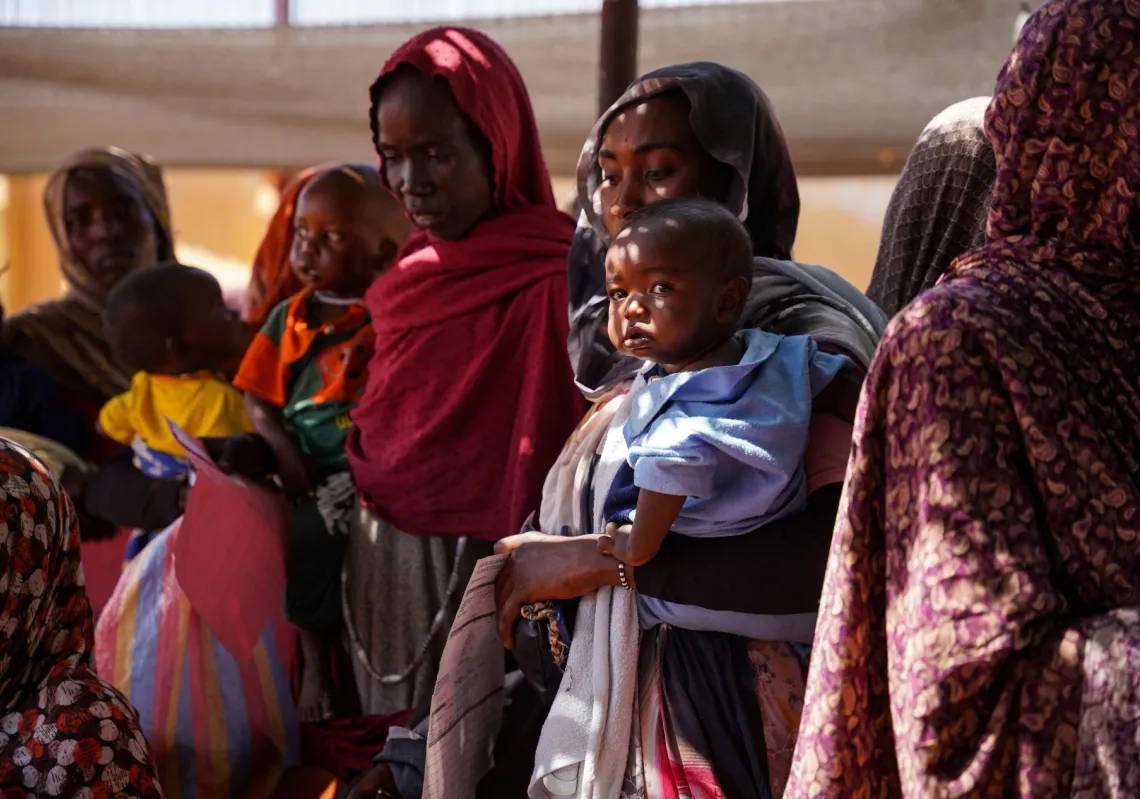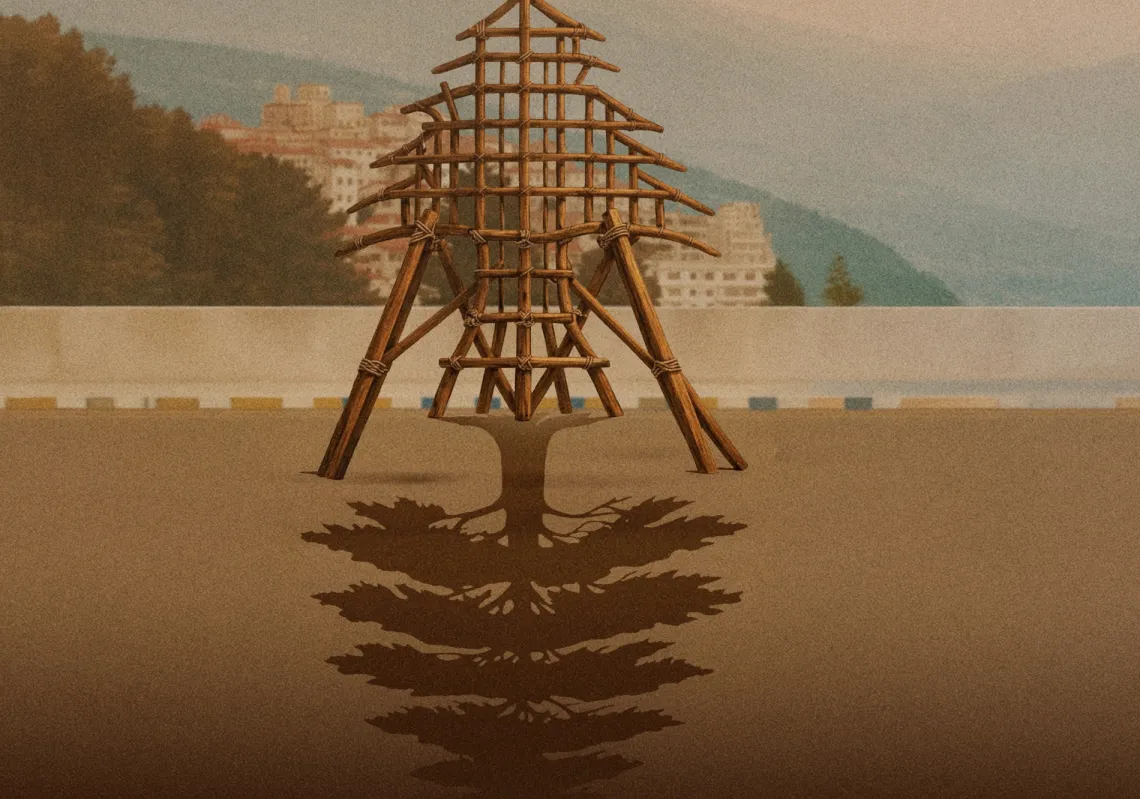History is riddled with stories of ambitious women who emerge from the shadow of their powerful husbands to have political careers of their own.
Mehriban Pashayeva — better known as the wife of Ilham Aliyev — is one of them. She is currently both the vice-president and first lady of Azerbaijan.
Her case is a rare one in modern politics — merging two of the most powerful positions in her country, both as the wife of a sitting president and his deputy. In fact, the post of vice-president was created exclusively for her by President Aliyev in 2017.
Born Mehriban Pashayeva, her family controls Pasha Holding, a conglomerate that includes Pasha Bank, Pasha Insurance, Pasha Construction, Pasha Travel, Lider TV and cosmetics producer Nargiz among others. The family's believed to control several of Azerbaijan's top 10 banks. pic.twitter.com/1D8Ct3k7lz
— C.S. Blennerhassett(@CSBlenner) October 17, 2020
But even before her 1983 marriage to Azerbaijan’s president she came from a privileged and powerful family, with her grandfather being a prominent writer while her uncle was Azerbaijan’s first ambassador to the US.
Long before entering politics, she was an accomplished eye doctor with a promising medical future. Mehriban studied medicine in Moscow, graduating in 1988. Between 1988-1992, she worked at the State Research Institute of Eye Disease at the Russian Academy of Medical Sciences in Moscow.
In 1995, she established the Azerbaijani Culture Friends Foundation, followed by a heritage-oriented magazine in Azerbaijani, English, and Russian. Then came the Heydar Aliyev Foundation, dedicated to promoting the legacy of her father-in-law, a former president as well, and building schools, hospitals, and hosting cultural events.
In 2005, two years into her husband’s presidency, she was elected MP in the Azerbaijan Parliament. She was also elected to the central committee of the ruling New Azerbaijan Party.
On 21 February, she was appointed Vice-President of Azerbaijan, in addition to her duties as First Lady. If her husband were to die while in office or step down, she would become the next president.


















